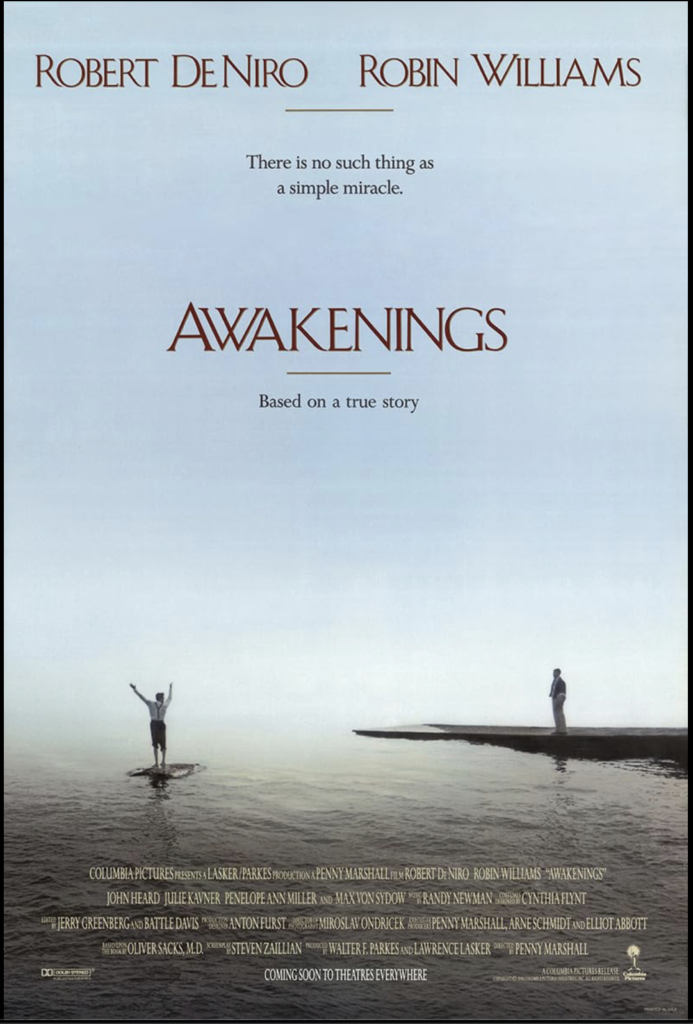The films I’m interested in are those that my wife love to sleep on–and this is one of them. Also, this is one of those long posts that I write for myself so there’s nothing here but a documentation of what I randomly do.

So I just watched this film on Netflix in the midst of snowy weather here in Texas, it is about a story of a doctor in the 60s working with patients that have suffered a rare illness called Encephalitis Lethargica or commonly known as Sleeping Sickness and treating them with a new drug. It was believed that victims of this illness were post effects of the 1920 Influenza pandemic where patients progressively become catatonic but still exhibit intact mental function, they were technically just “asleep”.
I like boring, real-life movies and boy there were scenes that were draggingly slow, it also had a lot of awkward clips–probably just to fill-in details that was on the book. It depicts the situation on how it was working with patients with neurologic disorders, I’d say the scenes were about 70% based on real life, and that is my opinion as a nurse who worked in neuroscience units for the last 2 years.
The movie illustrated the successes and struggles of healthcare providers treating an illness with a new drug called L-Dopa (generic name Levodopa). I won’t go further into details but basically this drug is widely used to treat Parkinson’s Disease and other diseases that show the same symptoms. With this drug being new and “experimental”, Dr. Sayer or the author Oliver Sparks, had to figure out the treatment regimen for these patients that he believed to have Sleeping Sickness and not Parkinson’s Disease–SS patients displayed catatonia while PD showed tremors.
Of course, experimental doses come with erratic swings of side effects. Patients would suddenly stop moving and go back to their catatonic state or show increased extra, jerky movements or what we call Dyskinesia. The film showed the struggles and limitations of healthcare providers no matter what tool they have at their disposal. There will always be a ceiling point of what we can do, and it’s blunt for me to say this but we cannot be emotionally involved. It’s care and move-on. The best intervention (as a healthcare provider) is probably to trick our minds that we understood them because they couldn’t understand themselves. Listening is easy, Understanding is hard.